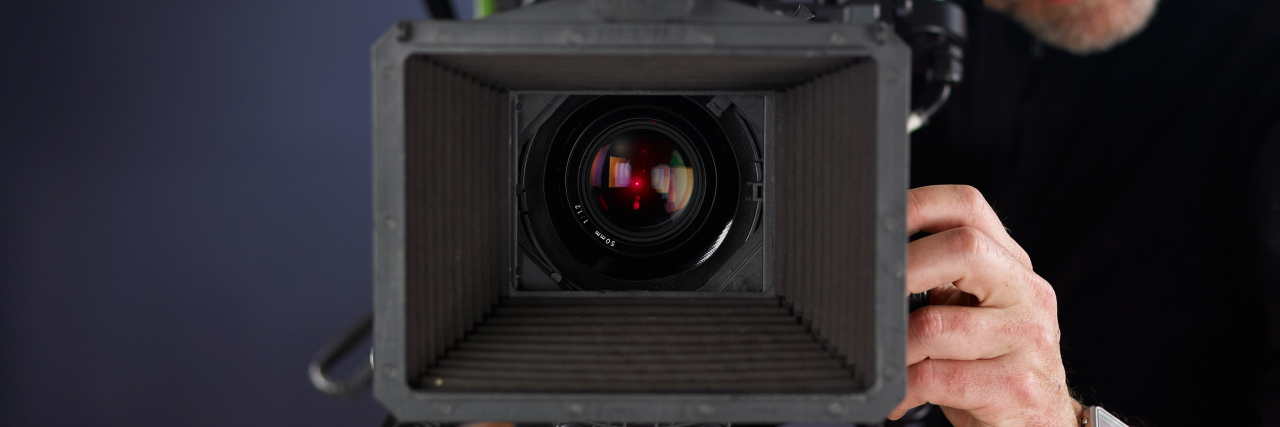Growing up, I rarely saw disabled individuals featured in recurring roles on television or in movies, with my disability or any disability for that matter. On the rare occasion that I did see someone who was portrayed as disabled, my first question was always whether or not the actor/actress was truly disabled. My next feeling would be elation at the possibility of seeing someone with my disability on screen. More often than that not however, I discovered the person was not disabled, and was in fact able-bodied and pretending to have a disability.
I saw my first true disabled person on TV in a major role just three short years ago on the show “Speechless.” I was so excited to be able to relate to someone on TV that had my disability, cerebral palsy, Unfortunately, progress in Hollywood has been very minimal when it comes to the inclusion of disabled talent. Able-bodied actors play 95 percent of disabled characters on TV. Yet another recent movie, “The Upside,” features a quadriplegic character who is played by an able-bodied actor.
I personally do not see any progressive changes happening in Hollywood anytime soon. Although more inclusion may be coming, I feel the focus needs to be more on the directors and producers. When a disabled character is written in the screenplays, do the casting calls specifically request disabled talent? I think the key to solving this issue comes from writers and creators in the disability community needing to produce content. Hollywood needs to get a hint of real disability and what it looks like. This can serve as an example for the disabled youth of the world that their dreams can indeed come true.
“Black Panther” made strides for African-Americans and “Crazy Rich Asians” broke barriers for Asian communities. It is time to break the barriers for the disabled community as well, don’t you think ?
Getty image by audioundwerbung.

